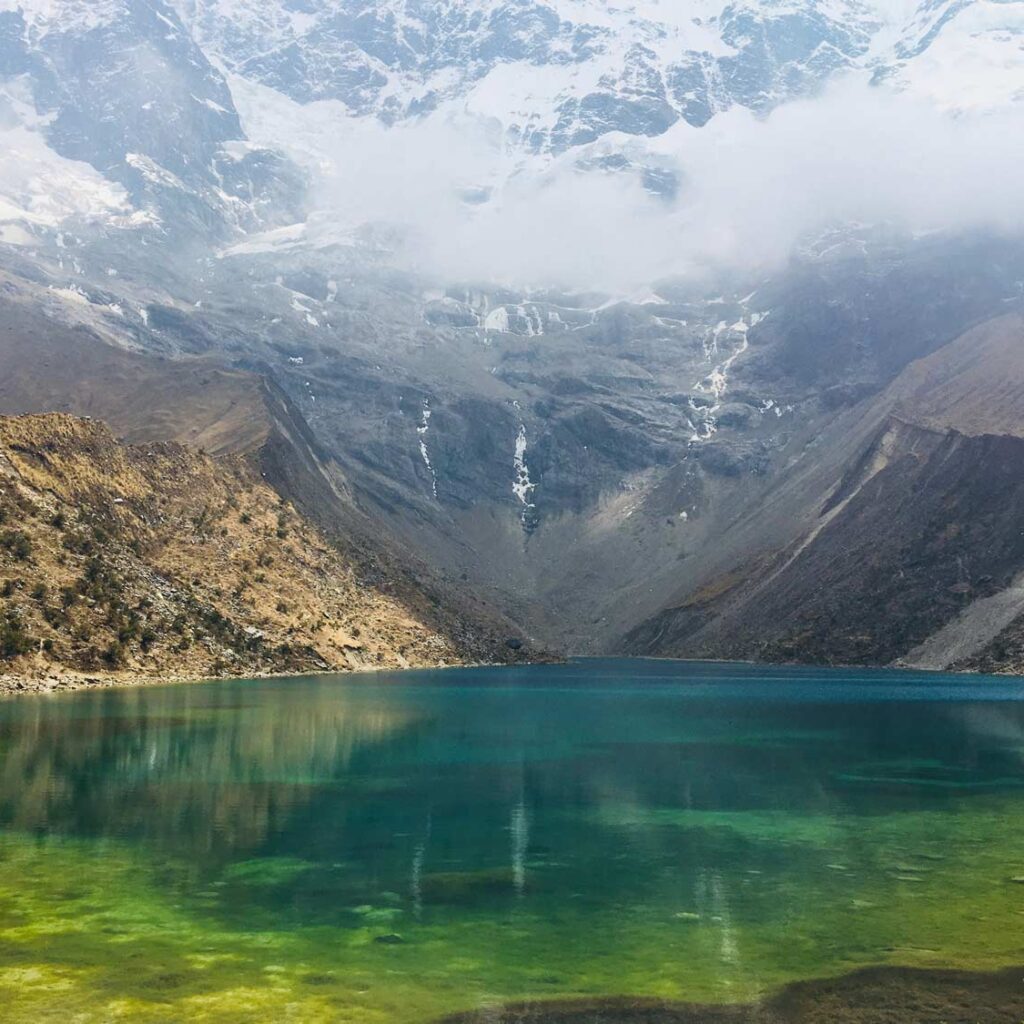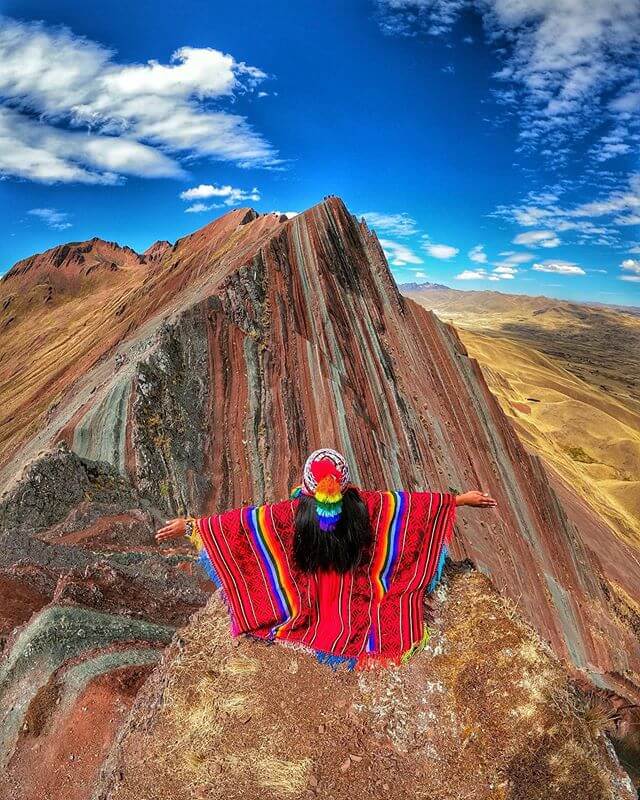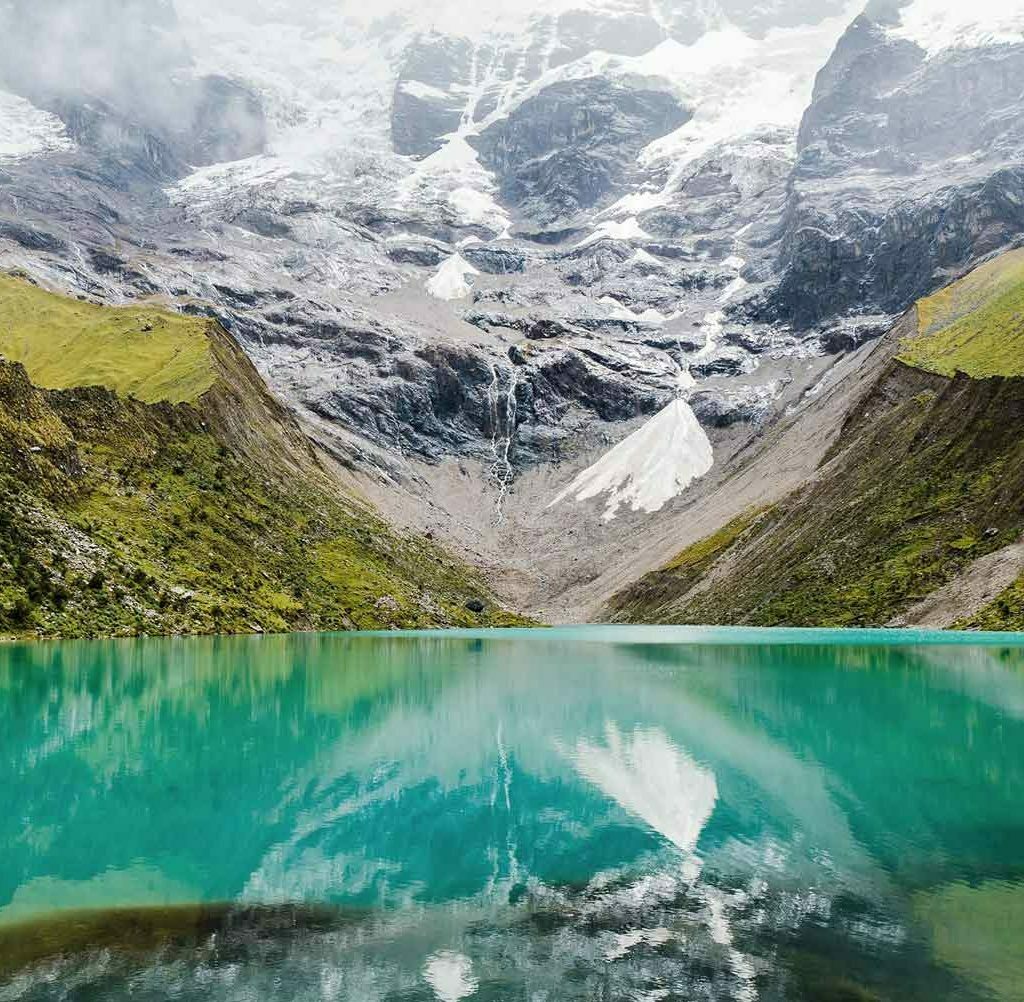Cusco, Peru’s historical jewel, is an unmissable tourist destination that dazzles with its rich Inca and colonial heritage. This ancient heart of the Inca Empire stands out for its impressive architecture, showcased in iconic sites like Sacsayhuamán and Qoricancha. The city also serves as the starting point for the adventure to Machu Picchu, the lost city of the Incas, accessible via the renowned Inca Trail. The mix of its vibrant culture, living traditions, and exceptional gastronomy make Cusco a destination that captures the essence of Peru at every corner.
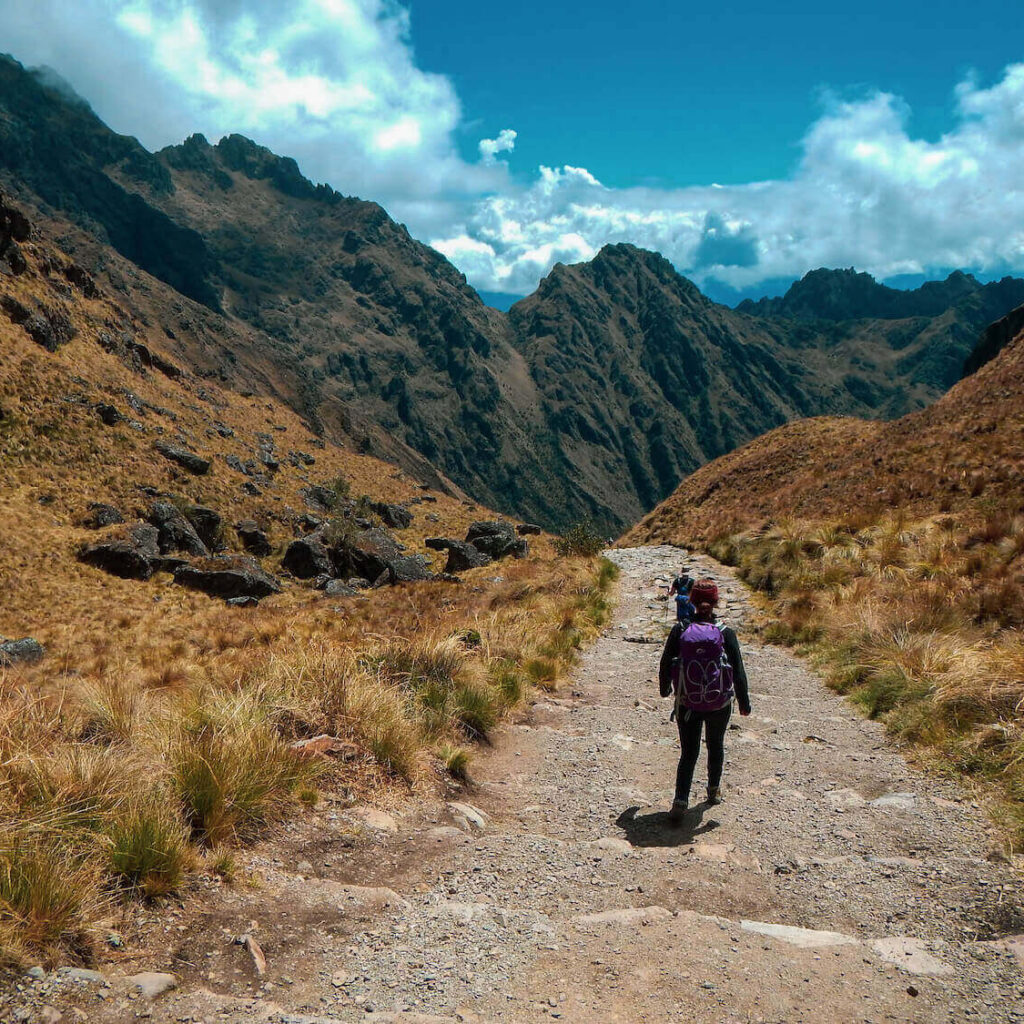
Starting at
$ 755.00
Cusco, Inca Trail, Machu Picchu, Sacred Valley
- Trip type: Trekking
- Activity Level: Challenging
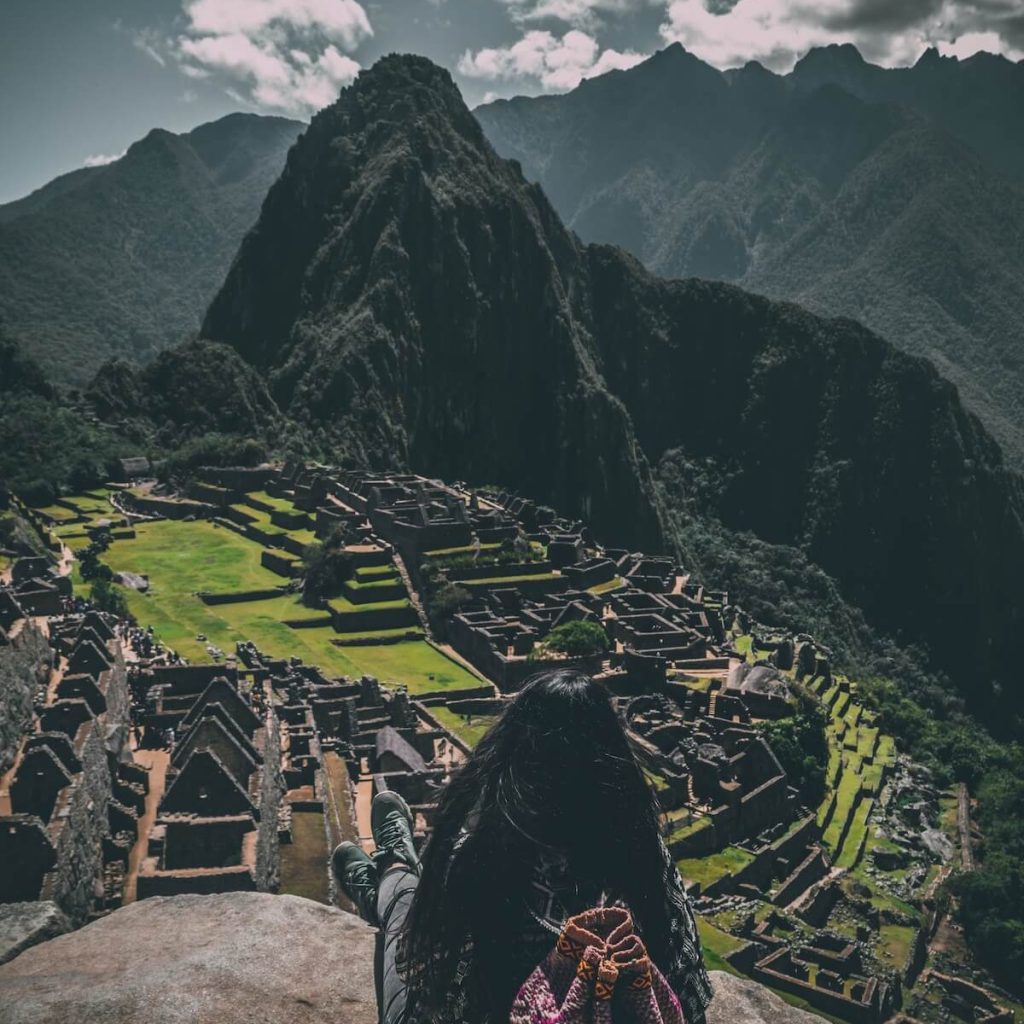
Starting at
$ 469.00
Cusco, Humantay Lake, Machu Picchu, Rainbow Mountain, Sacred Valley
- Trip type: Package
- Activity Level: Easy
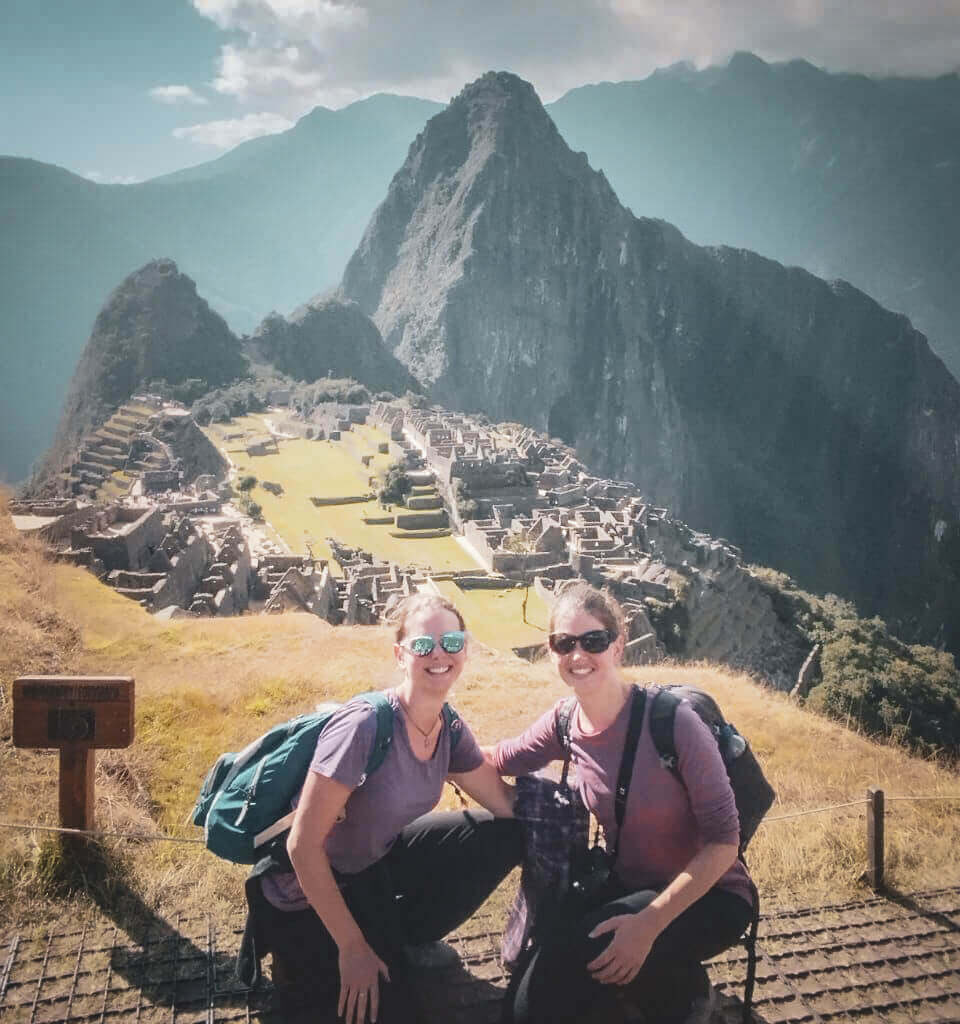
Starting at
$ 265.00
Cusco, Machu Picchu
- Trip type: Historical
- Activity Level: Easy
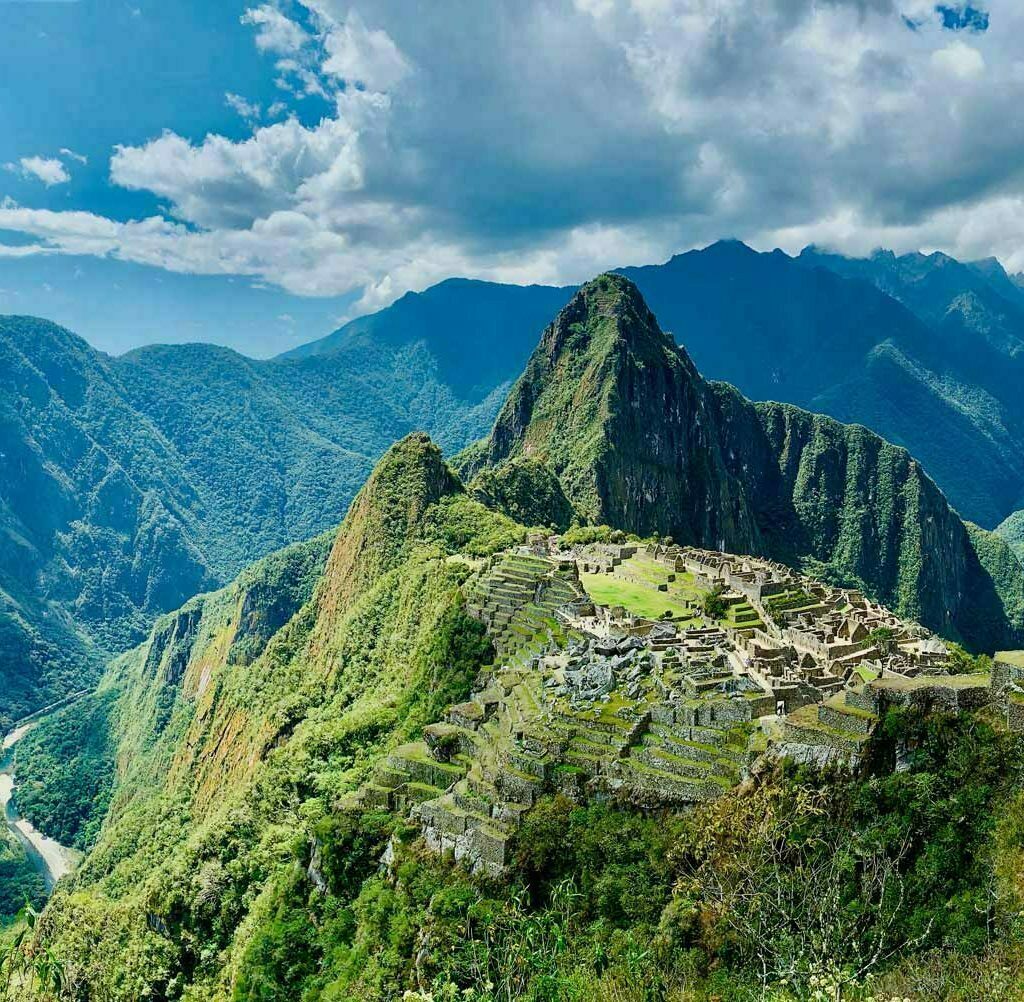
Starting at
$ 329.00
Cusco, Machu Picchu
- Trip type: Private
- Activity Level: Easy
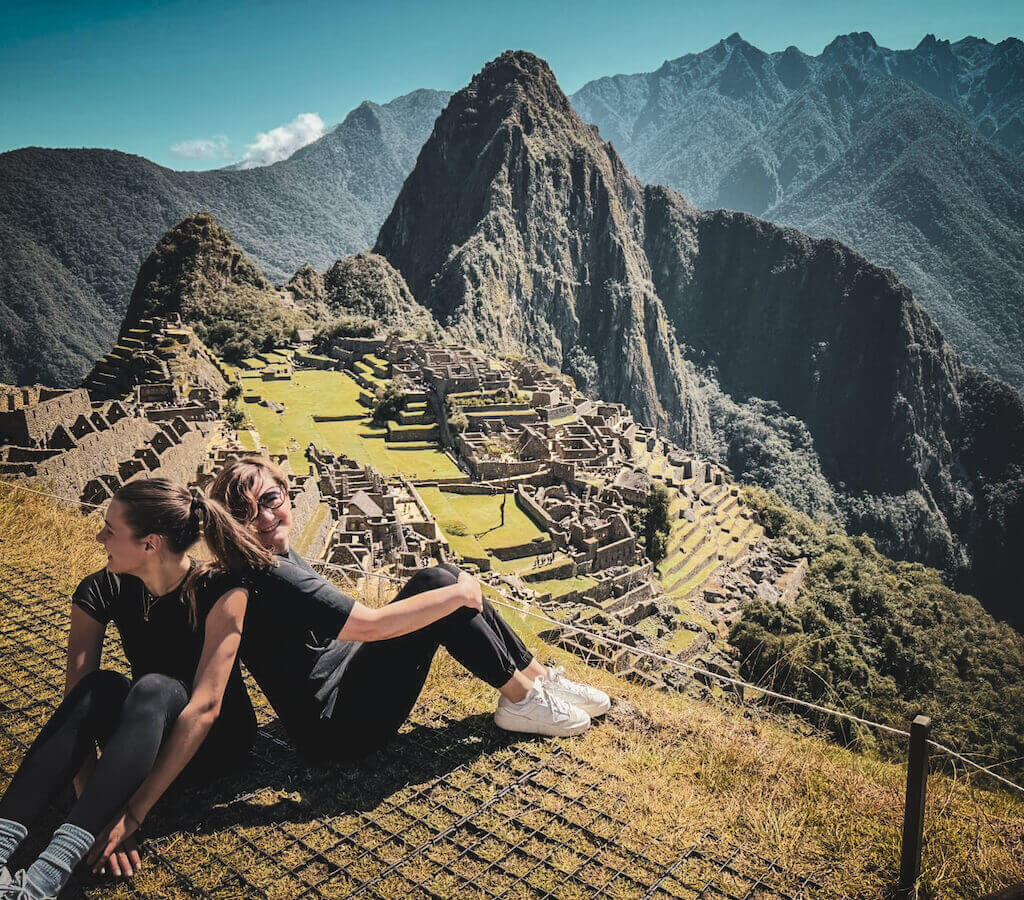
Starting at
$ 369.00
Cusco, Machu Picchu, Sacred Valley
- Trip type: Historical
- Activity Level: Easy
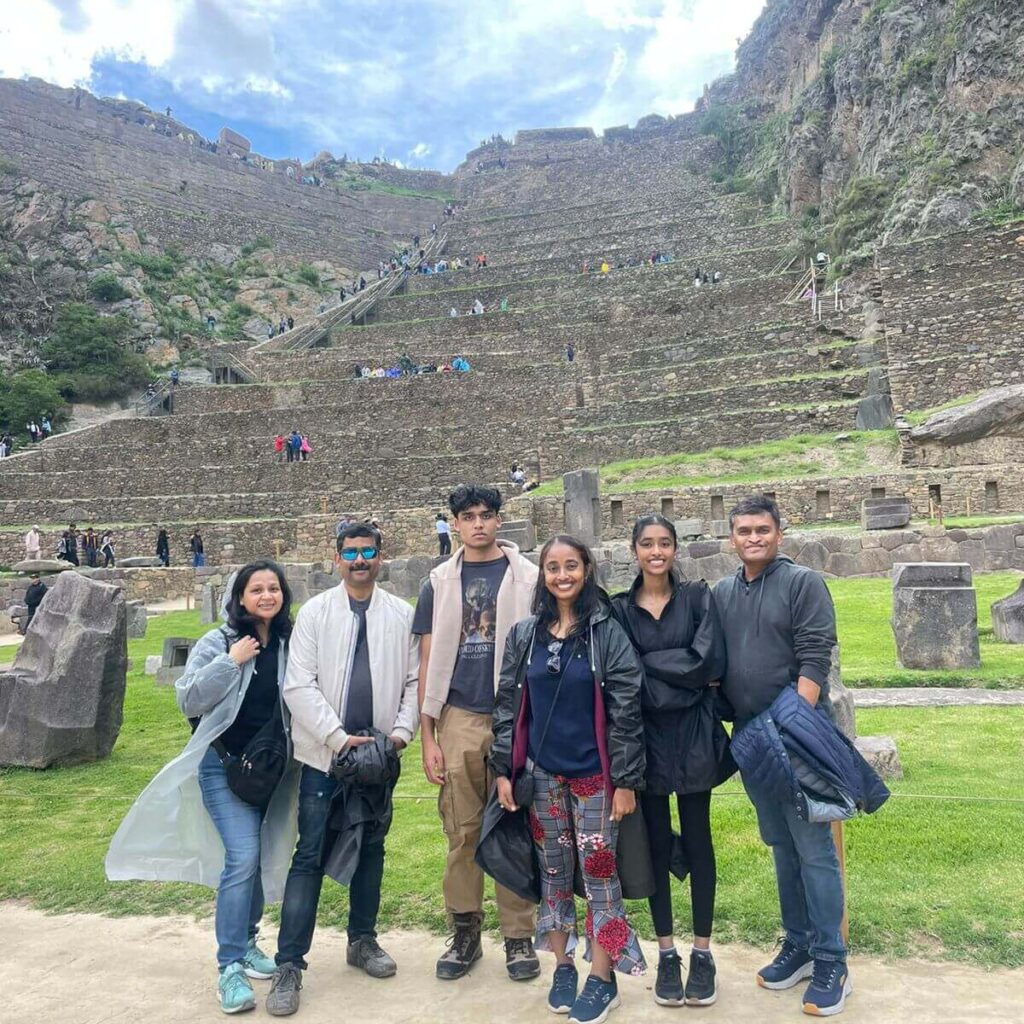
Starting at
$ 39.00
Cusco, Sacred Valley
- Trip type: Historical
- Activity Level: easy
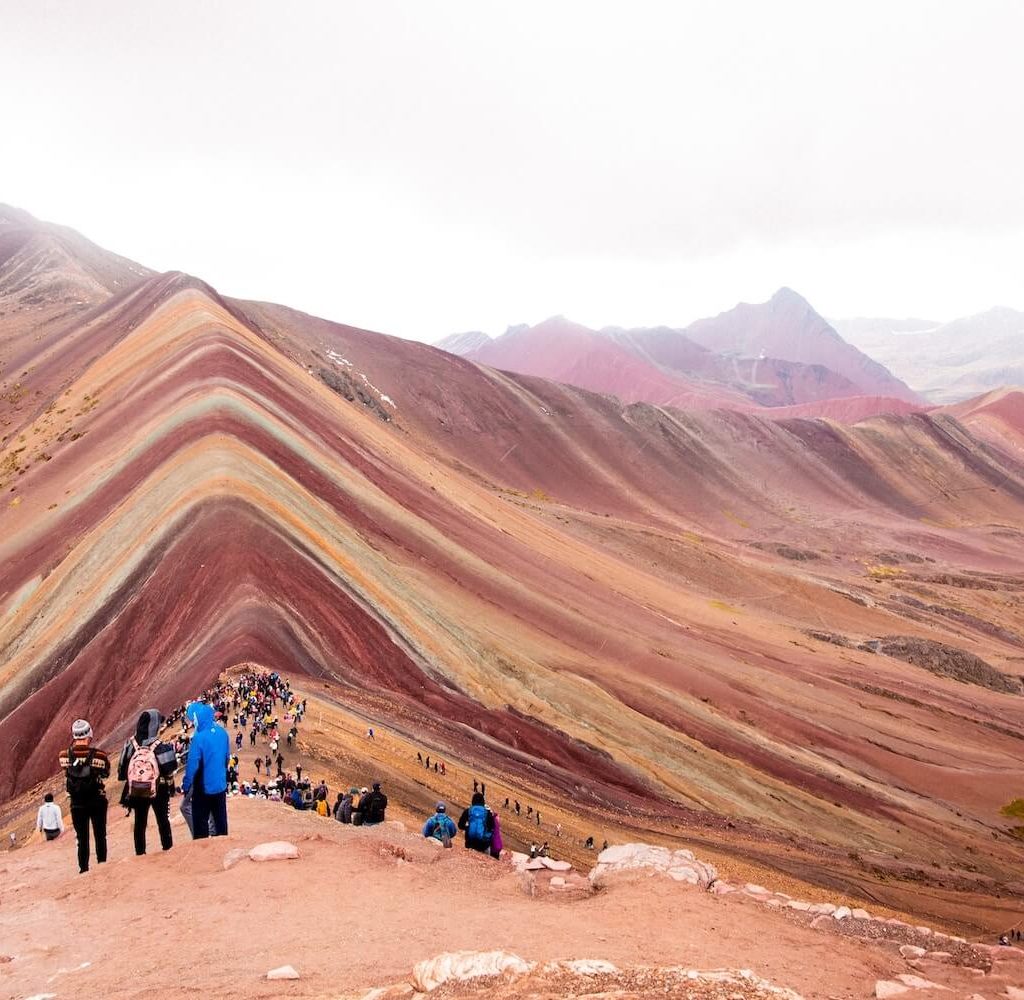
Starting at
$ 525.00
Cusco, Rainbow Mountain, Sacred Valley
- Trip type: Package
- Activity Level: Easy - Challenging
Best Attractions near in Cusco
The best attractions in Cusco according to Machu Picchu MP travelers are:
Best tours in Cusco
The best tours in Cusco according to Machu Picchu MP travelers are:
Best things to do in Cusco
The best things to in in Cusco according to Machu Picchu MP travelers are:
- Visit Machu Picchu.
- Visit the Sacred Valley
- Hike Rainbow Mountain
- Visit the Red Valley
- Do the city tour Cusco
- Go to local Market (San Pedro)
- Try peruvian food
- Go to walk to Main Plaza and surroundings
- Do the Inca Trail
- Go to shopping for gifs
Read more at: Best things to do in Cusco
FAQs
What is the best time to visit Cusco?
The best time to visit Cusco is during the dry season from May to October. During these months, the weather is generally sunny and dry, making it ideal for exploring the city and surrounding archaeological sites. This period also coincides with several festivals and events, providing a great opportunity to experience the rich culture of the region. However, this is also the peak tourist season, so expect larger crowds and higher prices.
Read more: Best time to visit Cusco.
How can I acclimate to Cusco’s high altitude?
To acclimate to Cusco’s high altitude, it’s recommended to rest for the first few hours upon arrival and drink plenty of fluids, especially coca tea, which is a traditional remedy for altitude sickness. Avoid strenuous activities on the first day, eat light meals, and consider staying in accommodations that offer oxygen supplementation if you’re particularly susceptible to altitude sickness. Acclimatization usually takes 1-2 days.
What are the must-visit attractions in Cusco?
Must-visit attractions in Cusco include the historic Plaza de Armas, Sacsayhuamán, Qorikancha (Temple of the Sun), and the San Blas neighborhood. The city is also a gateway to the Sacred Valley and Machu Picchu. Exploring these sites offers a glimpse into the Incan civilization and the colonial history of Peru. Don’t miss the vibrant San Pedro Market for a taste of local life.
Can I use credit cards in Cusco, or do I need local currency?
While major hotels, restaurants, and shops in Cusco accept credit cards, it’s advisable to carry some local currency (Peruvian soles) for small purchases, tips, and markets where credit cards may not be accepted. ATMs are widely available in Cusco, but it’s a good idea to withdraw cash in advance to avoid running out in more remote areas.
What is the typical cuisine I should try in Cusco?
In Cusco, you should try traditional Andean dishes such as cuy (guinea pig), alpaca steak, and choclo con queso (corn with cheese). For a more familiar yet local experience, sample lomo saltado (stir-fried beef), ceviche (marinated seafood), and aji de gallina (creamy chicken). Don’t forget to try pisco sour, Peru’s national cocktail.
Is it safe to drink tap water in Cusco?
It is not recommended to drink tap water in Cusco. Instead, opt for bottled water, ensure that the seal is intact, or use water purification tablets or a water filter. Most hotels and accommodations provide guests with safe drinking water.
What are the transportation options in Cusco?
Transportation options in Cusco include taxis, buses, and minivans (colectivos) for local travel. Taxis are widely available and reasonably priced but ensure to agree on the fare before starting your journey as most do not have meters. For trips to the Sacred Valley or other nearby attractions, colectivos offer an economical choice. Renting a car is also an option, though not necessary for exploring the city itself.
What should I pack for a trip to Cusco?
For a trip to Cusco, pack layers to accommodate varying temperatures, especially if you plan to visit Machu Picchu or trek in the Sacred Valley. Include warm clothing for cool evenings, a rain jacket or poncho, comfortable walking shoes, sun protection (hat, sunglasses, sunscreen), and a reusable water bottle. Don’t forget to bring any necessary medications and a basic first aid kit.
Are there any cultural norms or etiquettes I should be aware of in Cusco?
In Cusco, it’s important to respect local customs and traditions. Greet people politely with “buenos días” (good morning), “buenas tardes” (good afternoon), or “buenas noches” (good evening). When visiting religious sites or indigenous communities, dress modestly and ask for permission before taking photos of people. It’s also customary to tip for services, such as in restaurants and for guides.
How can I contribute to sustainable tourism in Cusco?
To contribute to sustainable tourism in Cusco, choose eco-friendly accommodations, support local businesses, and purchase handmade products directly from artisans. Be mindful of your environmental impact, especially when visiting natural and archaeological sites. Stick to marked trails, dispose of waste properly, and use water and resources sparingly. Participate in cultural exchanges respectfully and seek to understand the local heritage and traditions.
 English
English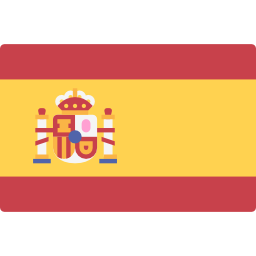 Spanish
Spanish Portuguese
Portuguese
